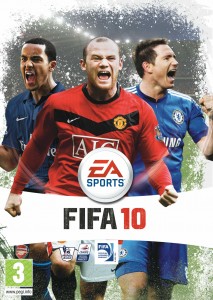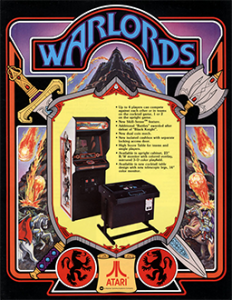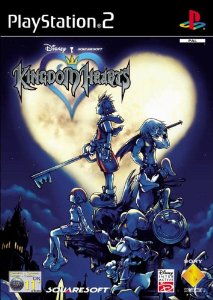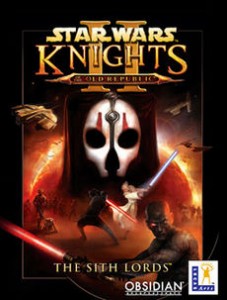388th played so far
 Genre: Platform
Genre: Platform
Platform: SNES
Year of Release: 1995
Developer: Nintendo
Publisher: Nintendo
We’ve been playing the Mario games out of order for a while, starting from Super Mario 64, but in terms of Mario chronology (as much as that exists) this is (pretty much without argument) the first. Rather than the game starring Mario, this time the game’s hero is his faithful steed Yoshi, while Mario is still a baby.
In other words, it’s probably time we play this. Also because Peter wants to, for his Before I Kick blog! Also, I love Yoshi.
Our Thoughts
Despite all the criticisms leveled at Nintendo – their at times odd hardware choices and trouble it causes for their business being a current topic of discussion – they make great games, not compromising on quality, and the Mario games often show this best.
Yoshi’s Island is the sequel to Super Mario World, although sequel only in the sense of it being the next Mario-franchise game released, as it has spun off its own series for the ridable dinosaurs. And as much as it might be occasionally marketed as such, Yoshi’s Island isn’t a real or full Super Mario game. Aside from the different protagonist, the game feels different in other ways too. The precise jumping puzzles are changed by allowing you to flutter, letting you cross greater distances, and a smaller general emphasis on platforming. Being hit by an enemy doesn’t shrink or (necessarily) kill you, instead causing you to drop the baby Mario that you’re carrying on your back, giving you up to twenty seconds to get it back, depending on how well you’ve done so far.
If you combine the above with the graphics – gorgeous hand drawn, the best Mario must have seen to date, but because of that coming across as childish and kiddie – it may seem as if it’s the simple game, the one for players not as used to the genre or too young to really have the right reflexes.
This is soon disproven as you actually play through the game. Although it starts easy enough, difficult elements sneak in early. The second level features chomp balls falling from the skies, with just a shadow to warn you on where they land. Don’t pay enough attention, or don’t get out of the way fast enough, and you will immediately die. The first castle features a lot of seesaws and lava pits that get incredibly difficult after a while.
On the good side, to encourage play, the game isn’t stingy with extra lives, to the point where it rarely felt like a limit on my progress. While these days I’d rarely expect lives to be a problem anyway, it felt fine already.
Another good part of the game is the amount of exploration it allows for. There are a large number of collectables to be found (about fifty per level, although some, like the starmen, are generally grouped, with you finding several at a time), not just hidden by having to go to a location, but also with more complicated triggers. Often, switches of various types are hanging in the sky, triggered by throwing an egg at them. These can cause collectables to appear or new paths to open, with platforms popping in out of nowhere. Levels can, of course, be easily replayed to improve your score.
Again, the variety of levels, most themed and switching up the graphics, helps with this, giving each level a distinct feel (sometimes even multiple at once – the chain chomp attack level moves into helicopter territory for a bit). The other interesting part are the different forms Yoshi gets. Unlike Mario’s powerups, these are temporary and for a specific part of a level only, but they change gameplay a lot. When you touch the right part, Yoshi transforms into something – a tank, a helicopter or similar. Mario is kept safe in a bubble for a while, while you do your thing. Get to the end bubble and Mario joins you there, else you get pulled back to restart the section. Not overly harmful, more a fun diversion, that works well in the game. Another (rarely appearing) item turns baby Mario into Superstar Mario, allowing the baby to run around and attack for a little while.
Although not entirely true, this is a glorious goodbye of the Mario series to 2D games, moving into 3D rendered games (even if otherwise 2D platformers) after this. The game’s art is gorgeous, blending together well, feeling hand crafted and pleasant.
On the whole, Mario games have always shown a lot of attention paid to them, and this is no exception. The game plays well, with a bunch of interesting new ideas and loads of new set-ups (Shyguys are back! As main enemy! Inventing stuff!). Way too much fun… if only we could get a few levels further.
Final Thoughts
As inventive as most Mario titles tend to be, Yoshi’s Island sets itself apart with its own style in art and gameplay. The completely different mechanics made it stand out as not entirely being a Mario platformer and as mcuh as the style is endearing, it’s the challenge the game provides that really makes it worth playing through.
It is absolutely controller-throwing difficult, so not suitable as anyone’s first game in the genre, but it still stays an incredibly fun game to try.








